I had a coffee masterclass at the factory of one of the most coveted Italian espresso machine brands – here's what I learnt
Everything I learnt about the perfect Italian morning coffee
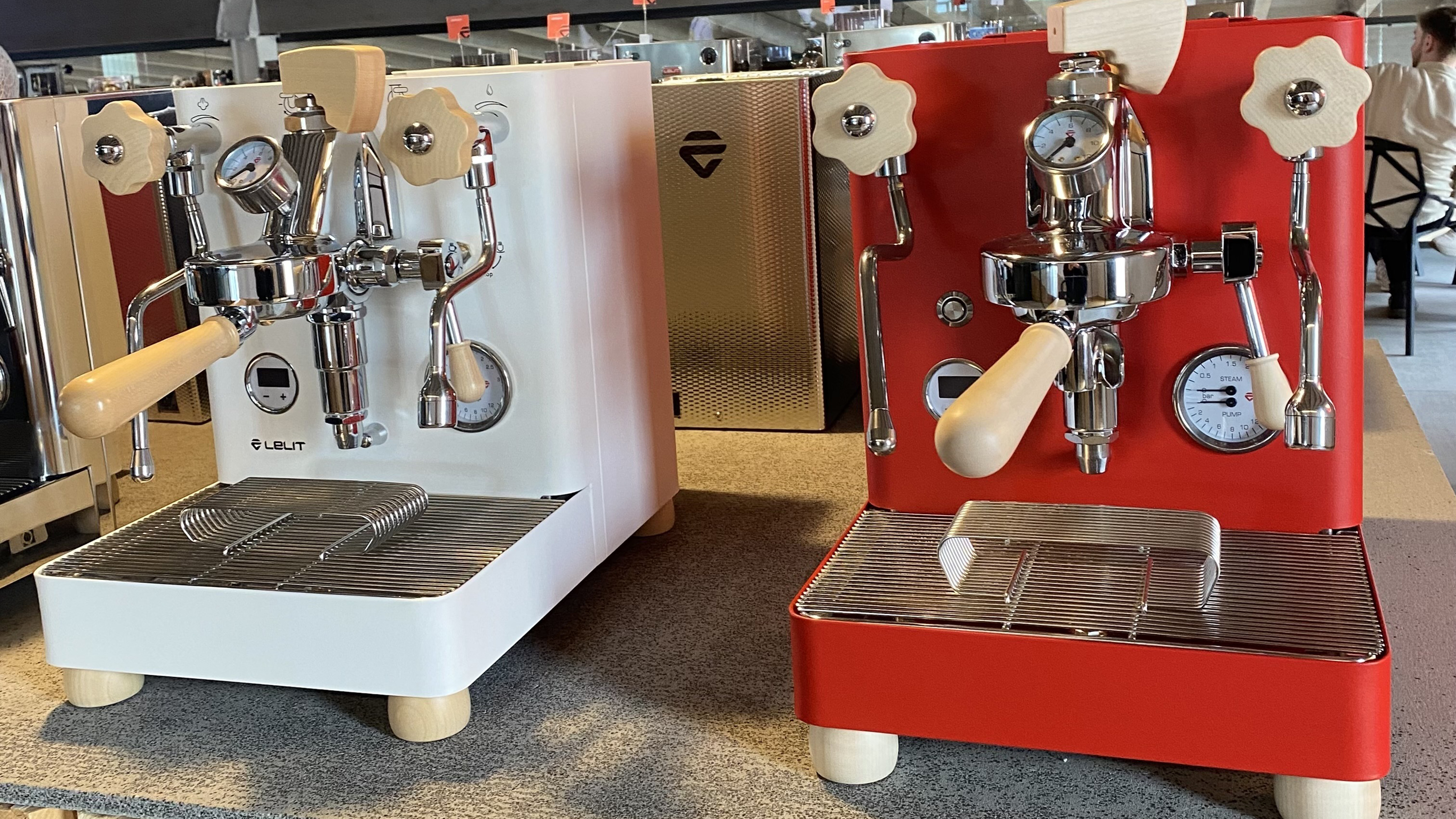

Following that old adage about doing as the Romans do, it would have been impolite on my recent trip to the Italian espresso expert's LELIT's HQ not to slightly overindulge on the espresso front.
Three strongly caffeinated drinks and a coffee grading session later, I felt more clued up than I had before, whilst also feeling extremely energetic as I got to try out the brand's flagship Bianca machine. Here's everything I learnt in the process behind the scenes at the brand's factory, which is where some of the most sought-after coffee machines in the world are created.
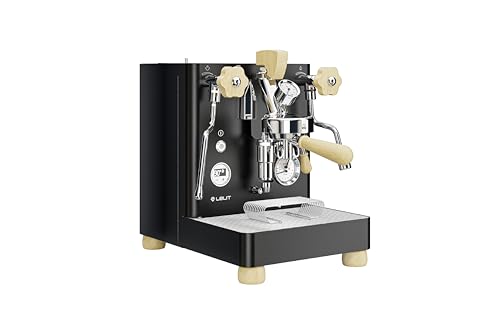
This specialist machine isn't for a coffee newcomer. It's kitted out with ultra-specialist features, including flow control via the wooden paddle at the top and a dual boiler system (so you can steam milk and pull your espresso shot at the same time).
There's a reason Italian coffee tastes different to the average cup
After a few days sampling the delicious coffees that LELIT's Bianca machine can make, I could already taste that Italian coffee was in a league of its own. But what I didn't know (until I sat down for my coffee masterclass, that is) was that distinc taste was all down to the Italian coffee-drinking tradition.
Whilst specialty coffee in the UK is often sold as containing 100% Arabica beans, most espresso served in Italy is in fact a mix of Arabica and Robusta beans. As well as having a different size and shape, the biggest distinction between Arabica and Robusta beans is that the latter has double the caffeine content of the former (1.2% compared with 2.4%, on average).
If you're somewhat susceptible to caffeine sensitivity, you can definitely feel the difference.
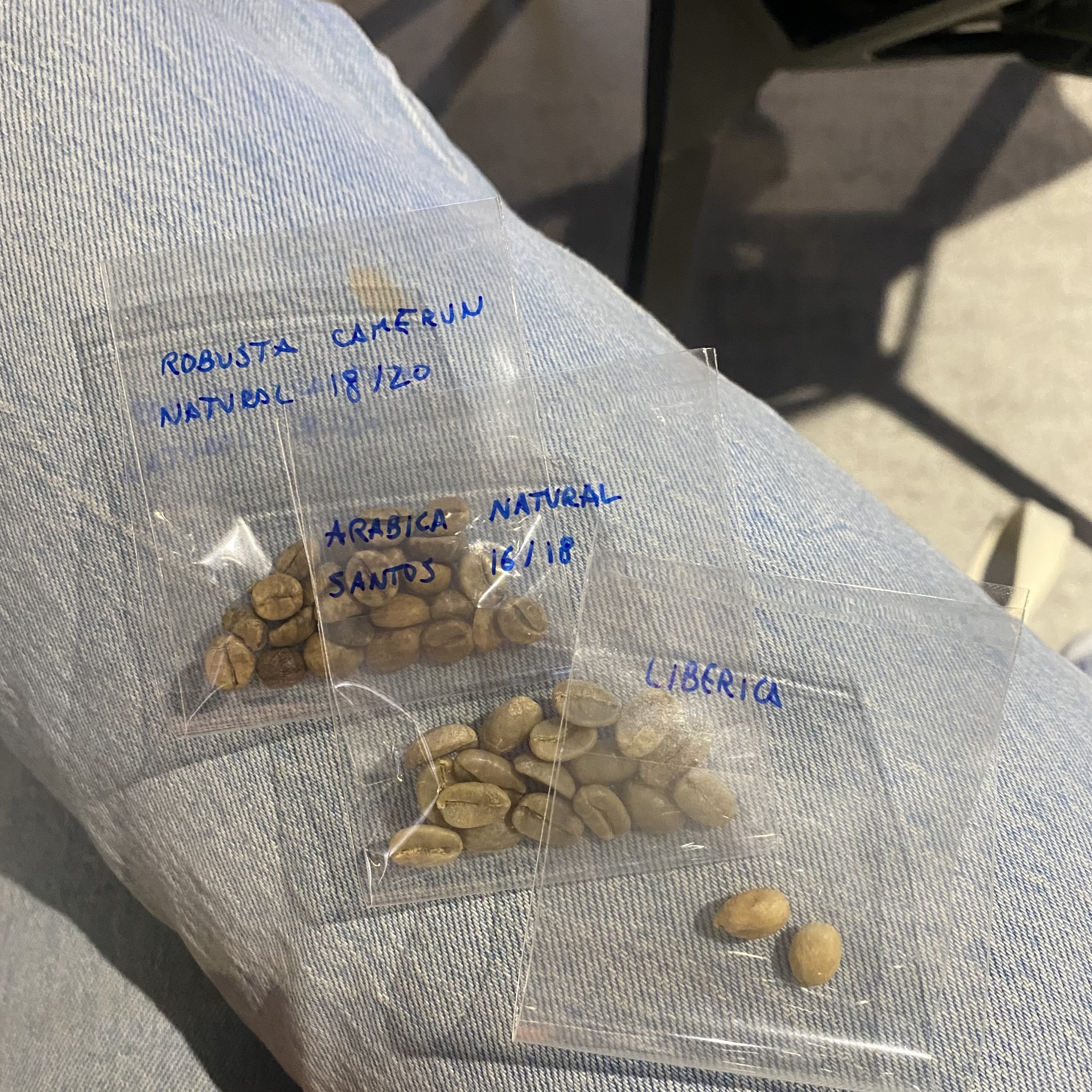
Once we got to pulling shots of espresso for ourselves, the other noticeable difference was that the crema (which is the golden froth on top) was much more prominent with the Arabica/Robusta blend.
The taste that results is something truly unique, and has a long history of being consumed in Italy as a result of the country's café culture. Next time you're in Italy, make sure you go out of your way to taste the difference.
Sign up to our newsletter for style inspiration, real homes, project and garden advice and shopping know-how
A simple smell test can go a long way when selecting coffee
Coffee grading, which is the process by which professionals choose which beans are suitable for roasting commercially, is not exactly an at-home art. But in the course of my day learning about coffee, there were some great insights into just how much smell impacts an at-home coffee ritual.
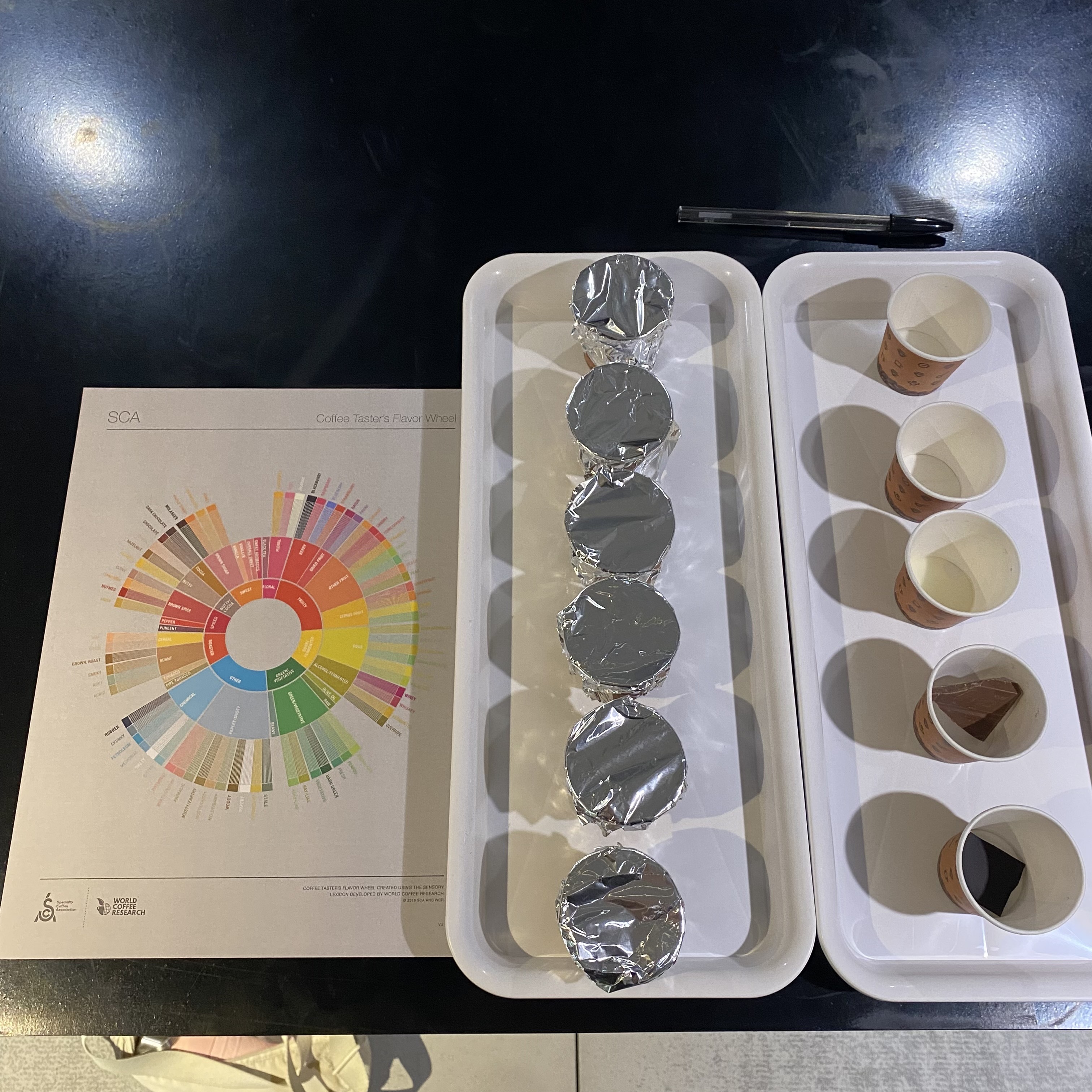
Smell constitutes up to 80% of what we perceive to be taste. That's a fact that also applies to the art of coffee drinking, which means that smell is crucially important.
So getting into the habit of smelling your coffee before you use one of the best bean to cup machines is a hugely beneficial practice, according to the coffee experts at LELIT.
The power of these aromas were showcased by a range of smell tests we undertook. Within the six coffee bean samples we tried, we were tasked with rooting out the unpleasantly odoured one.
One particularly nasty scent was easy to identify – with earthy, rooty tones, there was no denying that it reeked of potatoes. According to LELIT's in-house coffee experts, this was a signal that those beans had been under-developed in the roasting process, perhaps not reaching the right temperatures during the process.
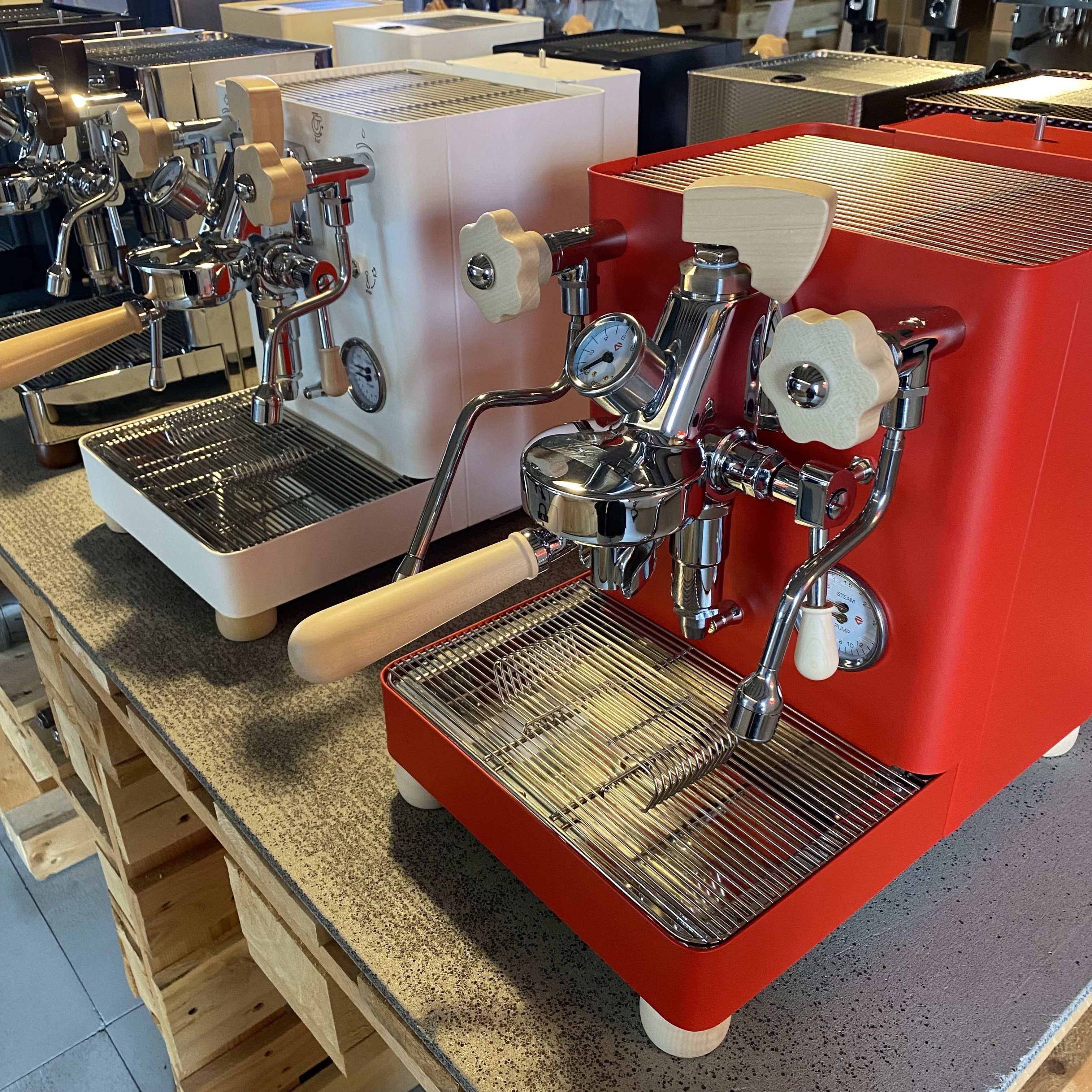
So the next time you make a cup of coffee with your espresso machine at home, pause to take in the smell of your beans before you get started. It could save you from a bad start to your morning.
Certain features go beyond the everyday consumer
It's no secret that LELIT is a high-end espresso machine manufacturer (especially with the machine's prices) but I was fascinated by the depth of the craft that came with using the brand's Bianca machine.
With features targeted towards 'prosumers' (which are not your regular coffee machine buyers, but rather those that want to buy products with the most technical details possible) these machines are a study in the art of coffee making.
During the demo, the art of extracting an espresso from the Bianca was far more involved steps than my daily use of my Sage Barista Express Impress (which isn't exactly a simple machine).
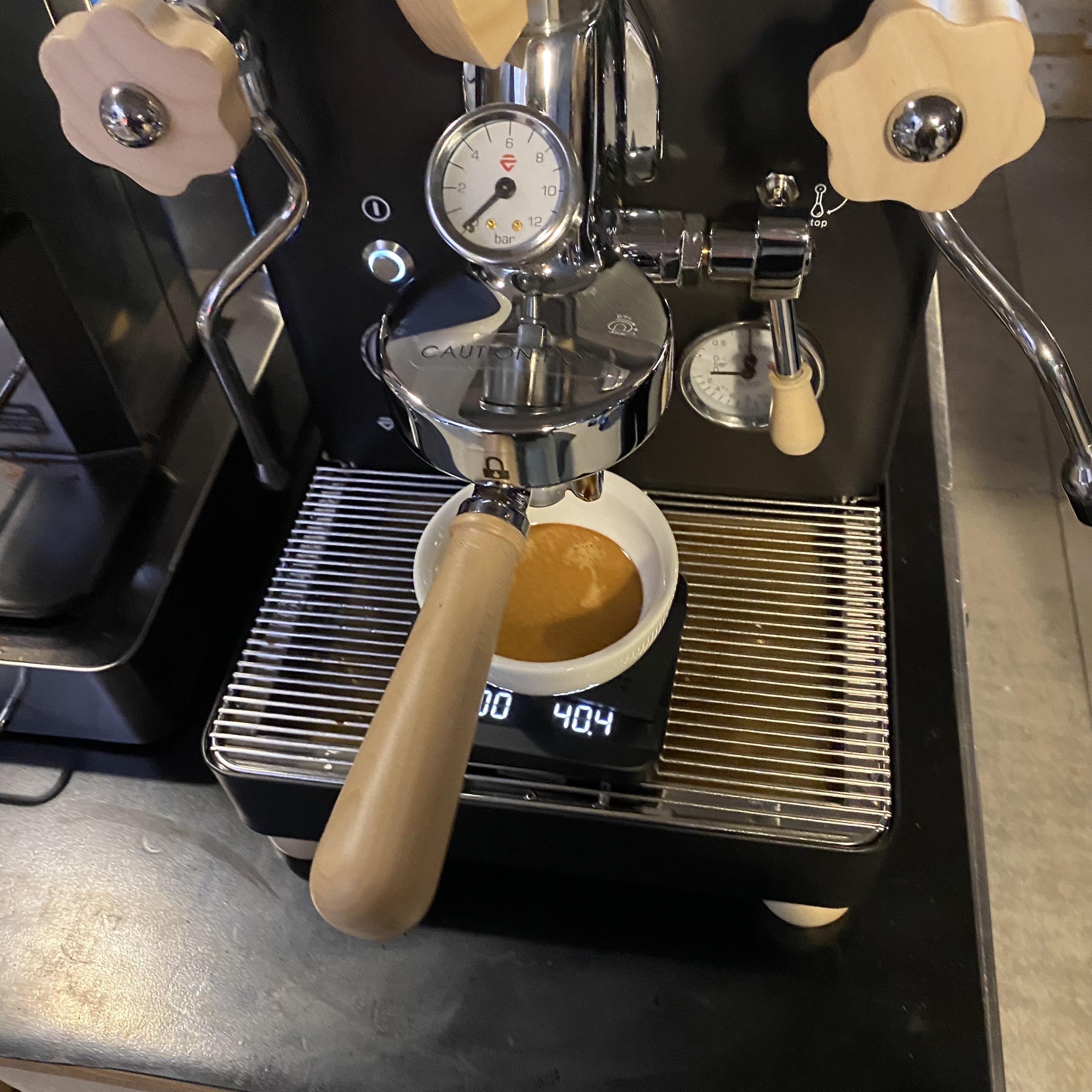
The barista began by weighing the wooden portafilter (each of which are handpicked in LELIT's factory to ensure that the grain matches the detailing on the machines) so that he could measure the ground coffee by the gram, before inserting it into the grouphead and waiting for the pre-infusion window.
If none of that sounds familiar to you, then that's understandable. The very specific degree to which the barista measured the weight of the coffee grounds and the temperature and pressure of the machine isn't what the average person is doing before their first cup of coffee in the morning, but it certainly made a difference to the resulting taste, which was oh-so-smooth.
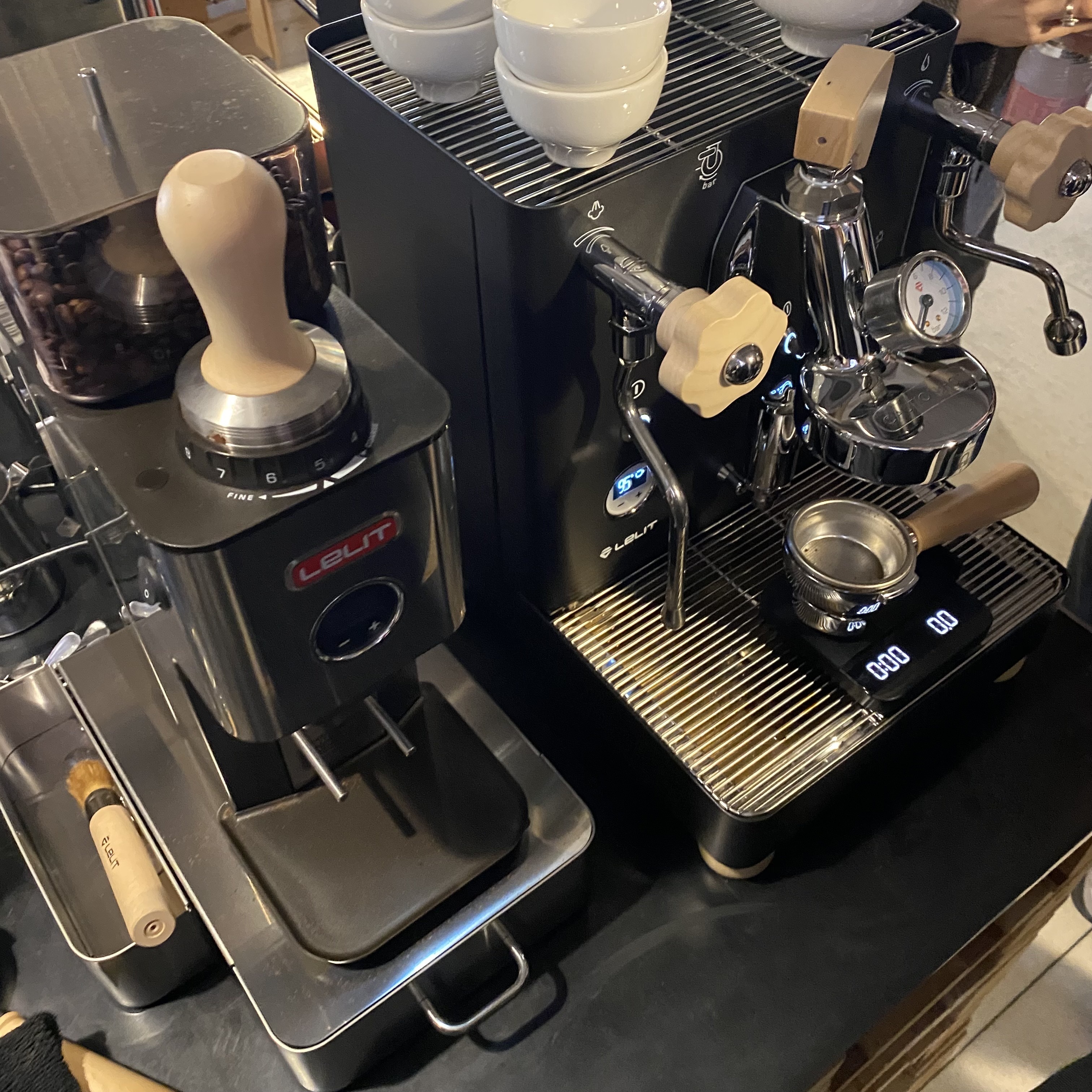
The dual-boiler system within the Bianca is also rare to find in everyday at-home coffee machines. It's an expensive set-up, but one that allows you to pull your espresso shot and froth milk at the same time, just like they can in your favourite coffee shop.
The wooden paddle at the top of the machine is another example of the specificity of this machine, allowing users to control the water flowing into the grouphead and adjust the speed and the pressure of the espresso being extracted accordingly.
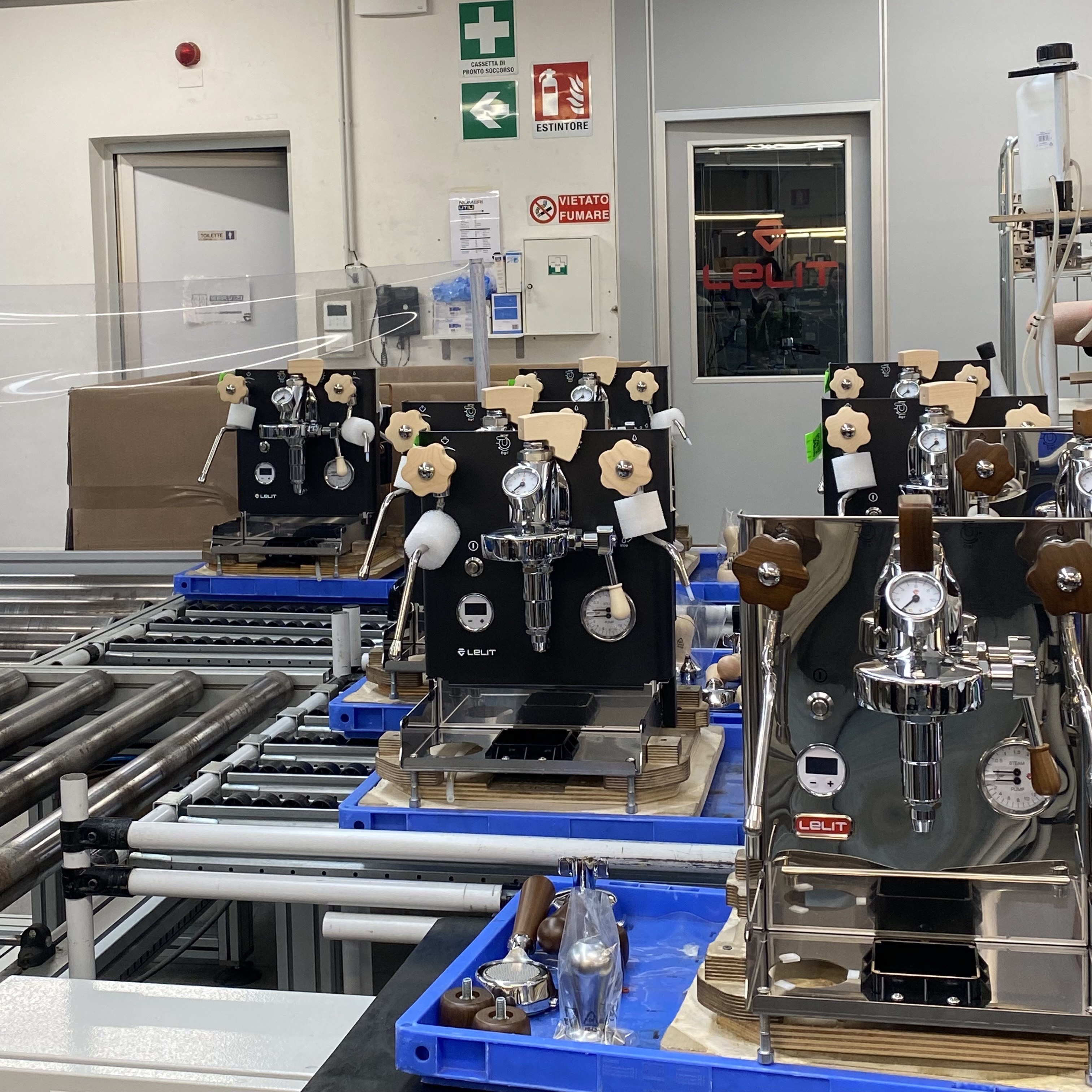
So, as well as providing an insight into the world of some of the highest-end coffee machines, I left with a better understanding of my morning cappuccino than I've ever had.

Molly is Ideal Home’s Kitchen Appliances Editor, the Ideal Home Certified Expert on Appliances. An all-around cooking and baking enthusiast, she loves finding the next must-have product for readers that will their kitchen a better place. She joined the team in September 2022 after working on the editorial teams of Real Homes, Homes & Gardens and Livingetc.
For the last 4 years, she's been reviewing hundreds of small appliances; conducting tests at home or in the Ideal Home test kitchen. She would be hard-pressed to pick a Mastermind specialist subject but air fryers are her ultimate area of expertise, after testing just about every single one released since 2022.
To keep ahead of trends and new releases, Molly has visited the testing and development spaces of multiple kitchen brands including Ninja Kitchen and Le Creuset as well as attended consumer shows such as IFA, hosted in Berlin to see the cooking innovations of the future.
You must confirm your public display name before commenting
Please logout and then login again, you will then be prompted to enter your display name.